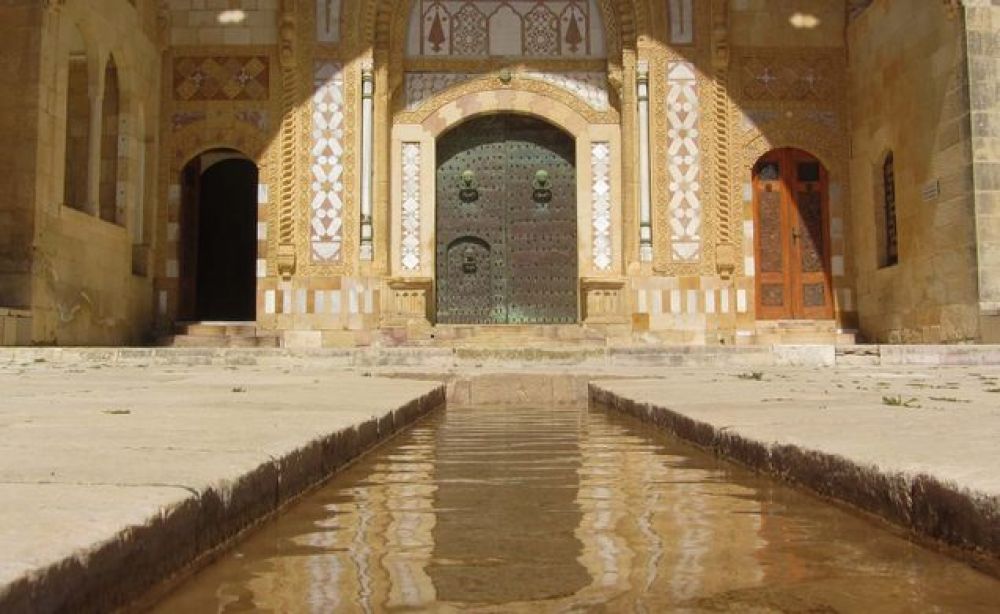

Lebanon has long been a captivating destination for travelers from around the globe, with its rich history, diverse culture, and stunning landscape encompassing both mountains and Mediterranean coastline. The history of tourism in Lebanon can be traced back to the 19th century, when intrepid travelers and scholars began to explore the ancient lands of Phoenicia and the rich cultural heritage of the region. However, the modern tourism industry began to flourish in the 20th century, especially in the 1950s and 1960s when Beirut was often referred to as the "Paris of the Middle East."
One of the jewels in Lebanon's historical tourism crown is Beiteddine Palace, a 19th-century masterpiece that reflects the grandeur of its creator, Emir Bashir Shihab II. Designed in the traditional Lebanese architecture with a blend of Italianate elements, this palace is nestled in the Chouf Mountains and serves both as a symbol of Lebanon's cultural identity and as a testament to an era long past.
Within Beiteddine Palace lies the private wing of Emir Bashir Shihab II, which has garnered significant interest from tourists. This exclusive section of the palace was where the Emir himself resided, away from the public eye. It is renowned for its lavish interiors, intricate frescoes, and historical artifacts, which offer a window into the life of 19th-century Lebanese nobility.
The private wing's opulent rooms are furnished with antique furniture and decorated with magnificent mosaics and detailed ceiling paintings that are sure to captivate visitors. Walking through these rooms, one can almost hear the whispers of court intrigue and sense the power wielded by the emir who once held sway over much of Lebanon.
In recent years, Lebanon has been reinventing its tourism experience, despite facing several challenges. One of the latest trends is the focus on sustainable and experience-based tourism. As travelers become more interested in authentic experiences and cultural exchanges, there has been a surge in demand for local tours, traditional workshops, and eco-friendly accommodation.
Another trend is the growing interest in visiting historical and cultural sites, like Beiteddine Palace, by both domestic and international tourists. The palace not only offers insights into the rich history of Lebanon but also hosts the popular Beiteddine Arts Festival, which attracts music and arts enthusiasts from around the world.
The Lebanese culinary scene is another significant draw, with a trend towards food tourism. Visitors are keen to explore Lebanon's culinary delights through food trails, cooking classes, and wine tasting tours, particularly in the famous Bekaa Valley.
Despite recent challenges, Lebanon remains a country that both fascinates and welcomes tourists. The visit to Emir Bashir Shihab II's Private Wing at Beiteddine Palace continues to be a highlight for those seeking to immerse themselves in the grandeur and legacy of Lebanon's historical landscape.
Travelers looking to experience the authentic charm of Lebanon are encouraged to contribute to local economies by patronizing small businesses and engaging with community-driven tourism initiatives. By doing so, they help preserve the cultural heritage and natural beauty that Lebanon is eager to share with the world.